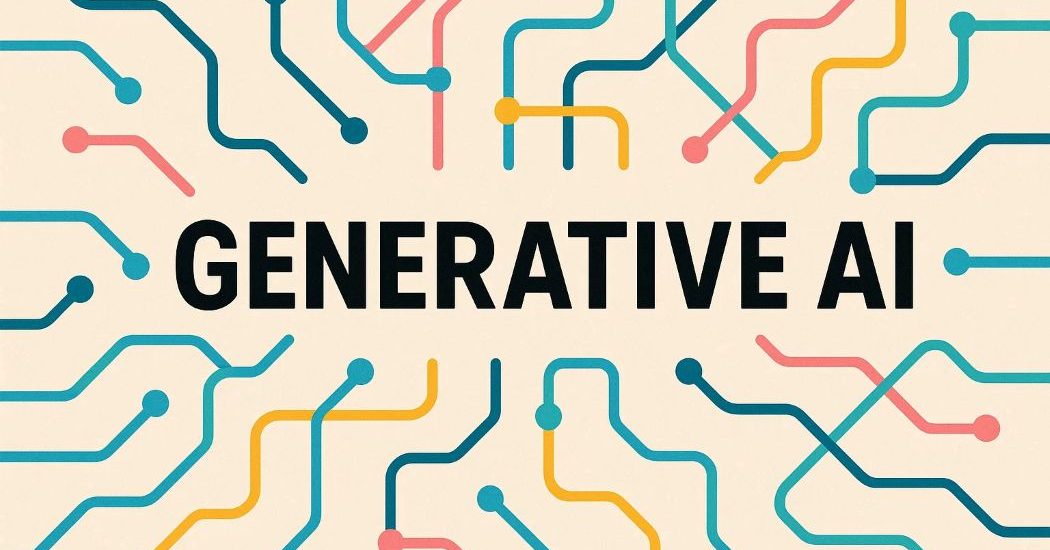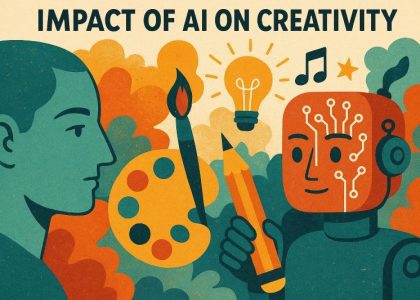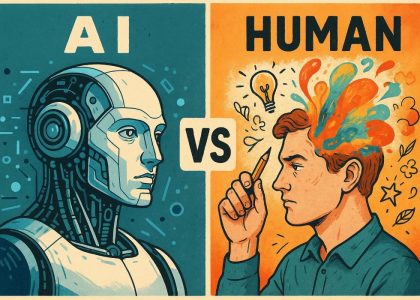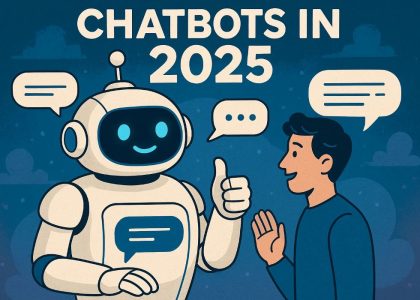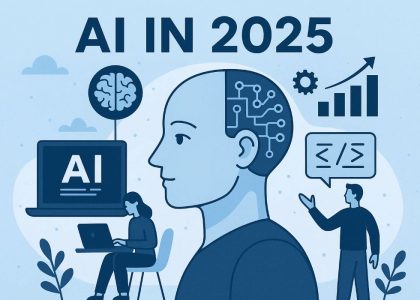In 2025, generative AI has become a transformative force in the world of content creation. From personalized blog posts to auto-generated videos, this technology is not just assisting creators — it’s redefining creativity itself. With tools like ChatGPT, Google Gemini, Midjourney, and Sora, businesses and individuals now generate high-quality content at scale, with unmatched speed and precision.
Let’s explore how generative AI is changing the content landscape, what tools are leading the charge, and why this shift matters more than ever.
What Is Generative AI?
Generative AI refers to artificial intelligence models that can create new content — text, images, audio, or video — by learning from existing data. These models don’t just repeat information; they generate original and context-aware outputs.
In 2025, this capability has matured significantly, allowing creators to automate tasks like:
- Writing SEO-optimized blog posts
- Designing social media content
- Creating product descriptions
- Making voiceovers and videos
- Generating code for websites and apps
Why 2025 Is a Turning Point
Several factors make 2025 a landmark year for generative AI in content creation:
- Mature APIs and Tools
Platforms like OpenAI, Cohere, and Anthropic offer stable, developer-friendly APIs that integrate easily with CMS, eCommerce, and marketing platforms. - Cost Efficiency
Subscription-based pricing models make AI tools accessible to freelancers, startups, and agencies. - Improved Quality
AI-generated content now rivals — and in some cases surpasses — human-created content in quality, tone, and accuracy. - Video and Multimodal Growth
With tools like OpenAI’s Sora and Google’s Imagen Video, creators can generate professional-grade video content using simple prompts.
Top Use Cases of Generative AI in Content Creation
1. Blog Writing and Article Generation
Writers now use AI to create outlines, generate full drafts, and optimize articles for SEO. Tools like Jasper and ChatGPT save hours of work while maintaining quality.
2. Social Media Content
Marketers can instantly create posts tailored to platforms like Instagram, X, and LinkedIn — complete with emojis, hashtags, and CTAs.
3. Email Marketing
AI assists in drafting personalized email campaigns with high open and click-through rates by analyzing past campaign performance.
4. Video and Voice Content
Platforms like Runway ML and ElevenLabs help generate explainer videos and voiceovers for YouTube, training, or product showcases.
5. Design and Visual Content
Midjourney, DALL·E 3, and Adobe Firefly offer AI-powered image generation, ideal for blog thumbnails, ads, and social creatives.
Benefits of Using Generative AI in 2025
- Speed: Create content 10x faster than traditional methods.
- Scalability: Generate content in bulk across platforms and formats.
- Cost Savings: Reduce the need for large creative teams or agencies.
- Personalization: Tailor content to niche audiences using AI-driven insights.
- SEO Optimization: Most AI tools now embed SEO best practices directly into content generation.
Challenges to Watch Out For
While AI is powerful, it’s not perfect. Here are some limitations:
- Quality Control: Not all AI-generated content is accurate or factually correct.
- Plagiarism Risks: Low-quality tools may reuse or remix content inappropriately.
- Creativity Gaps: AI excels at logic and structure but can struggle with nuanced storytelling or humor.
- Ethical Use: Content creators must disclose AI use and ensure originality.
How to Use Generative AI Responsibly
- Always review and edit AI-generated content.
- Use AI as a collaborator, not a replacement.
- Stay updated on AI content guidelines from Google and major platforms.
- Credit AI tools where appropriate, especially in educational or professional content.
The Future of AI-Powered Content Creation
Looking ahead, generative AI will become even more interactive, multimodal, and intuitive. We’ll likely see:
- Real-time content creation in video calls and webinars.
- Hyper-personalized blogs and product pages for each visitor.
- Seamless voice-to-video content pipelines.
Brands that embrace this shift early will gain a competitive edge in visibility, efficiency, and creativity.
Conclusion
Generative AI is no longer a futuristic concept — it’s a present-day reality reshaping how we create content in 2025. Whether you’re a solo creator, digital marketer, or business owner, leveraging AI tools can boost productivity, creativity, and engagement. The key lies in using these tools wisely, combining their power with human judgment and emotion.

